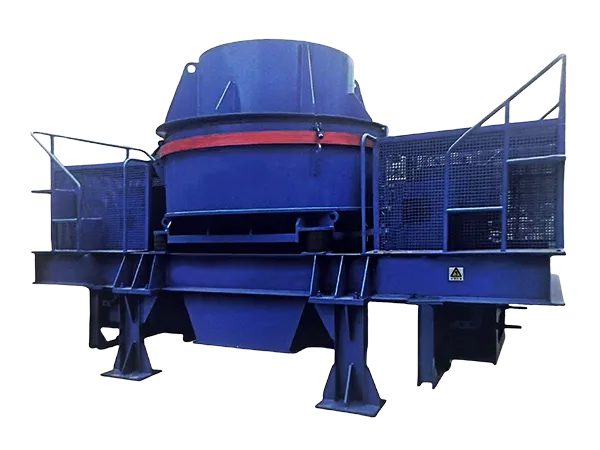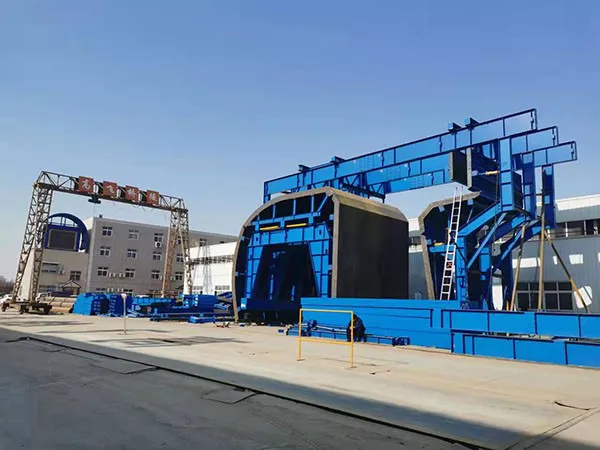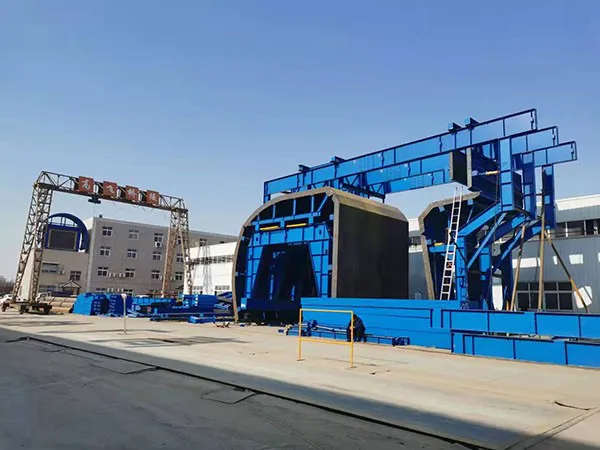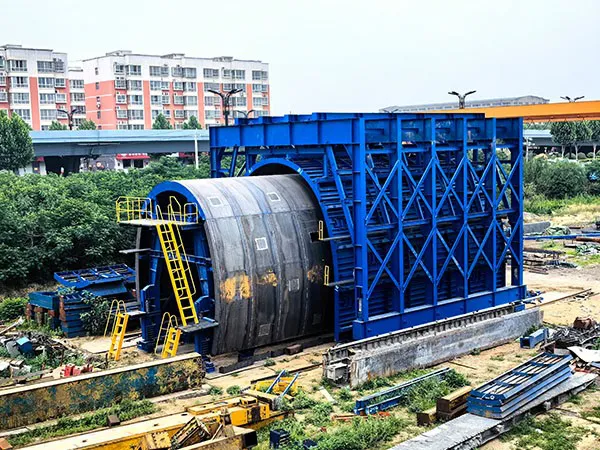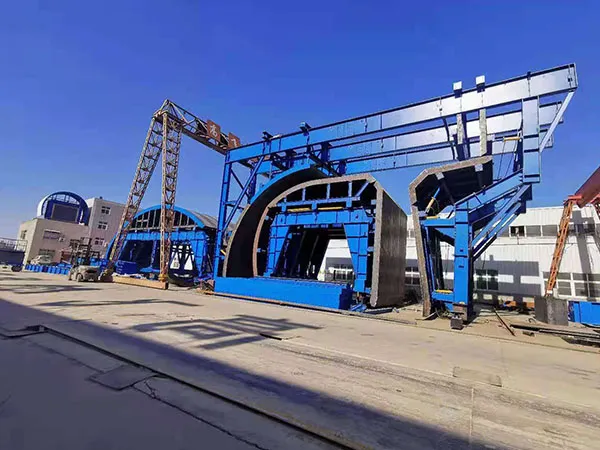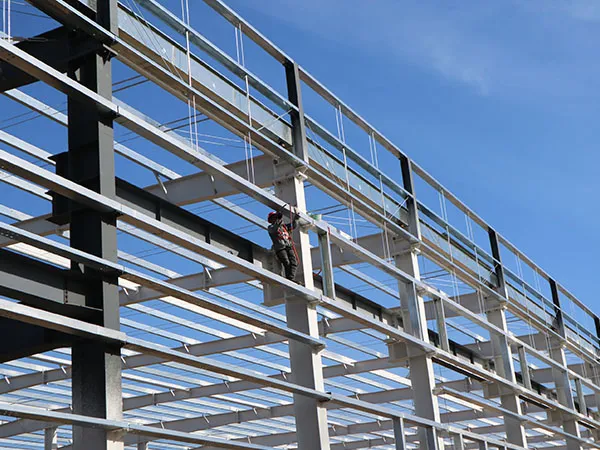Overheating in a конусная дробилка is a common issue that can lead to significant downtime and costly repairs. It usually indicates an underlying problem that needs to be addressed promptly.
Cone Crusher Overheating Causes and Solutions
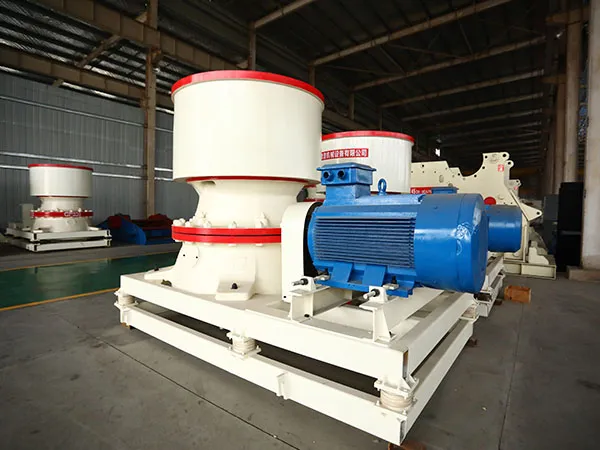
я. Lubrication System Issues (Наиболее распространенная причина)
Poor Quality or Insufficient Lubricating Oil:
Причина: Using incorrect oil viscosity, old/degraded oil, or having low oil levels. Contaminated oil (с водой, fine mud, or impurities) significantly reduces its lubrication effectiveness and can cause abnormal wear.
Причины:
Regularly check the oil level and top up as needed.
Replace lubricating oil according to manufacturer specifications and maintenance schedules.
Ensure the correct type and viscosity of oil are used for the operating conditions (consider synthetic oil for extreme temperatures).
Analyze fluid samples regularly to detect contaminants and degradation.
Clean the oil tank and replace the oil if contaminated.
Clogged Oil Lines or Cooler:
Причина: Blockages in return pipes, oil grooves, or the cooler itself, leading to poor oil circulation and heat dissipation.
Причины:
Check for blockages in all lubrication lines and the cooler.
Clean the cooler and all tubing/oil grooves thoroughly.
Ensure the cooling water supply is sufficient and at adequate pressure.
…
More about how to solve cone crusher overheating problem? Подробную информацию можно нажать, чтобы посетить: https://www.yd-crusher.com/a/news/cone-crusher-overheating-issue.html

